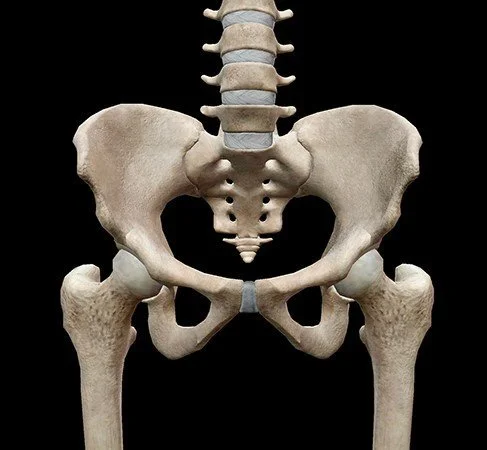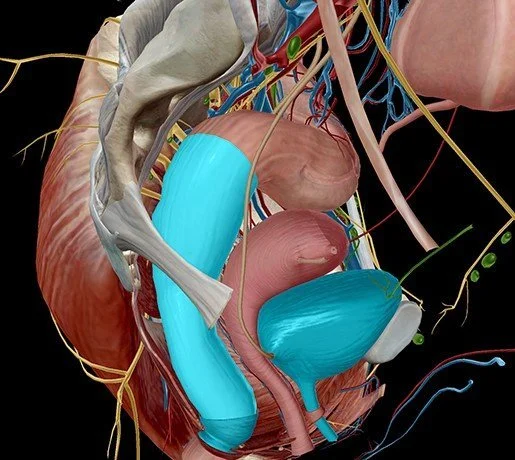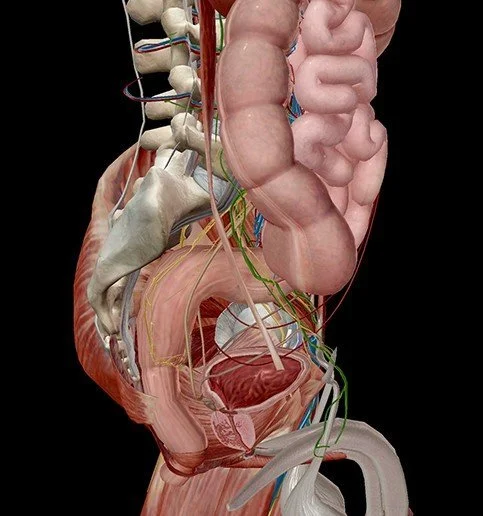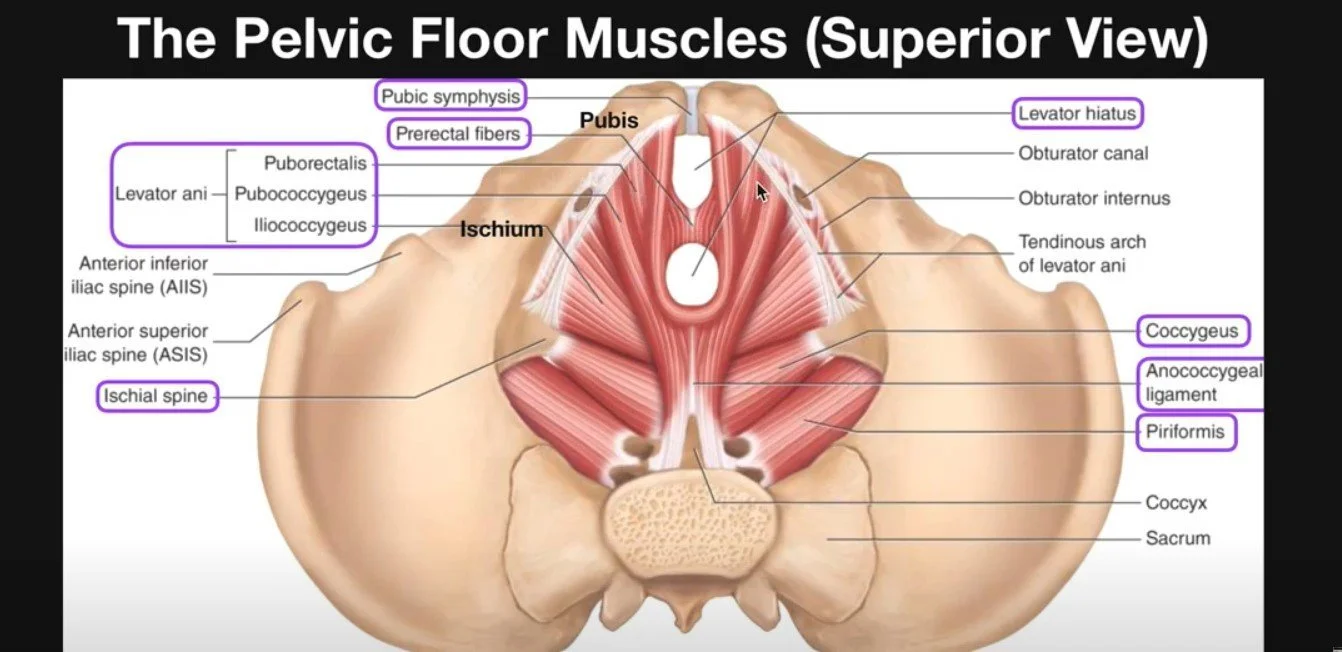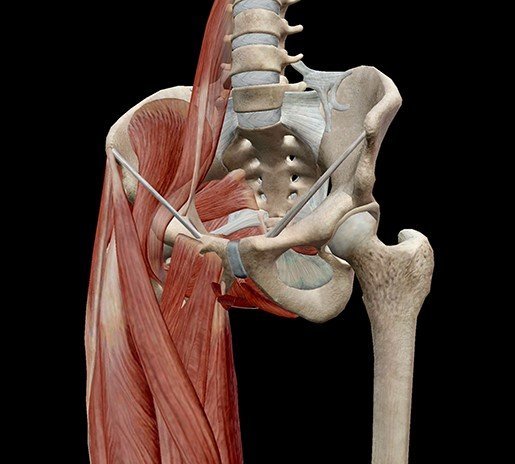Pilates and Your Pelvic Floor
What’s your relationship like with your Pelvic Floor, I wonder?
There are many references to the ‘Pelvic floor’ in both movement practice and medicine. Like all relationships, our relationship with the pelvic floor can be healthy, and great when everything is going well. A healthy pelvic floor can contribute to a fulfilling sex life, efficient and ‘comfortable’ removal of waste from the body, (in both men and women) and also plays an integral part in a healthy pregnancy and childbirth.
However, also, (like relationships), the subject can be intimate (which can be healthy, or unhealthy depending on many factors), frustrating, and often difficult to talk about.
Negative issues associated with the pelvic floor may include incontinence, prolapse, constipation, painful sex (sometimes related to hormonal changes in menopause) and /or childbirth, and even hip and back pain (which you may not realise can be connected to your pelvic floor health). So, it’s a long list. For some, referral to a pelvic health specialist is necessary and appropriate.
From a movement perspective, If when you move, you leak urine, or pass wind (and OK, many of us have been here)….it can be embarrassing. But it needn’t be. Often, movement is medicine and dynamic movement that supports the spontaneous and healthy movement of the body overall can help address pelvic floor issues – more on this later.
Your perceptions of pelvic floor health may also often be guided by whether you’re male or female (and yes, to reiterate, men have a pelvic floor too).
So, where is the Pelvic ‘Floor’? (or strictly, the Pelvic Diaphragm, but more on that later)…
The Pelvic floor sits inside the pelvic cavity and is essentially the space between our pelvic bones:
The Pelvic Girdle illustration Human Anatomy Atlas
However, in reality, there is anything but ‘space’ here! In terms of Pelvic organs, here’s an illustration of the Pelvic floor area in women (Visual Body) with the bladder and urethra in front of the vagina, and the rectum behind that:
Female Pelvis with organs
And in men, the bladder behind the pubic bone, and above the prostate, with the rectum behind that:
Male Pelvis with organs
So, how do we move the ‘Pelvic Floor’?
Women post childbirth will often be advised to do ‘Kegels’ or pelvic floor exercises. But if I told you in class to ‘engage your pelvic floor’, or ‘draw up your pelvic floor as if stopping ‘mid-pee’ what would you actually be doing?
Research around Incontinence and Pelvic floor contractions (2017) by Dr Brent Anderson, founder of Polestar Pilates, showed that when women were instructed to ‘engage’ the pelvic floor, sometimes, they ‘pushed down’ rather than pulled up, and that actually isolating movement in this area was extremely difficult. The relationship was hard to find.
So how might we view this relationship differently, and, importantly, how might Pilates help us to improve the efficiency and function of this area?
Firstly, The Pelvic ‘floor’ as part of ‘Whole Body Health’
What’s important to realise (and what evolving research is showing us)* is that no part of the body works in isolation. Joseph Pilates himself put forward the concept of ‘Whole Body Health’ as a guiding principle of his ‘Contrology Method’.
The relationship of the pelvic floor to whole body health is an important principle in terms of our movement practice, and in particular in relation to the first principle of Polestar Pilates, which is the breath. You may not realise, but the pelvic floor has a symbiotic relationship to your diaphragm (and in fact, is sometimes referred to as ‘The Pelvic Diaphragm).
So when you breathe and the diaphragm contracts, and pushes down, then the pelvic floor relaxes as internal organs move down, and the lungs expand and effectively take up space. Upon exhalation, the diaphragm around the ribs relaxes, and the pelvic floor contracts. This relationship has a big part to play in maintaining ‘intra-abdominal pressure’ (think stabilisation of the spine and trunk).
What is also important to therefore notice, is that this movement is taking part all day every day, without you having to think about it, as the breath is governed by the autonomic nervous system.
The Pelvic floor connections
The muscles of the pelvic floor
Whilst of course there are specific muscles that form the pelvic diaphragm (see diagram below - Catalyst University), the whole body health approach recognises that muscles from the inner thigh, and lower back, also have a function in maintaining elasticity and function in this area. Even the ability to flex the foot is considered in the whole-body health approach (Havens and Idahoy, 2020).
You can also see the complexity of the muscles around the pelvic floor - in the picture below (Visible Body). The muscles of the inner thigh (the abductors) can be seen, and also the muscle attaching to the spine, the Psoas muscle.
Dynamic movement and Pilates
If you are having pelvic floor issues, from a movement perspective, elasticity is key. Muscles that are constantly too tight are unable to relax and have a knock-on effect. We call this hypertonicity. Hypertonicity in the pelvic floor can result in tightness in the surrounding hips, the lower back, and the piriformis, as well as show symptoms such as incontinence, urinary urgency or painful sex (Shaheed, 2019). Whilst there is no one cause for pelvic floor hypertonicity, activities such as consistently ‘holding in the core’, high levels of stress and anxiety, and avoidance of public restrooms (‘holding on’) are through to contribute (ibid).
To release this using movement, we consider a whole-body approach. You don’t want to simply ‘contract’ the muscles of the pelvic floor (think of a bicep curl – you don’t get a lot of workout from simply putting your arm out and squeezing your fist – you move your arm at the elbow)! You want to both tighten and relax your muscles.
You want to move associated muscles (and fascia) of the inner thigh and those of the breath (diaphragm) as much as possible. So much of our Pilates practice involves these principles. Breathwork of course, ‘Footwork’ on the reformer, squats as part of a warm-up, any exercises where we externally rotate at the hip, and therefore incorporate movement of the inner thigh (think lying supine doing leg circles, bent leg opening), hip hinging on all fours in external rotation - all of these can all help.
Eric Franklin is a great advocate of dynamic movement and illustrates some exercises to relieve tension of the pelvic floor in the short video here:
Joseph Pilates himself was a particular advocate of exhaling as much air out of the lungs as possible! Pilates practice, with its focus on breath and dynamic movement in a range of movement planes, is a very good place to start if you want to improve your pelvic health.
Paying attention to your breath, and also not ‘holding’ or ‘bracing’ but enjoying spontaneous movement is key.
See you on the mat!
Sarah
*@clairesparrowpilates and @christiidavoy are both doing great work within the Polestar community around the whole-body approach to pelvic health.
Bibliography
Anderson, B. (2018) Can Pilates help with incontinence? Available at https://blog.polestarpilates.com/can-pilates-help-with-incontinence/
Pelvic Floor Muscles (2020) Catalyst University. Available at https://www.youtube.com/watch?v=pzcKpHPFUIE
Havens, A and Idavoy, C (2020) Pelvic Floor Dysfunction. Pilates Anytime https://www.pilatesanytime.com/workshop-view/3721/video/Pilates-Pelvic-Floor-Dysfunction-by-Christi-Idavoy
Visible Body Images – Available at https://www.visiblebody.com/blog/5-facts-about-the-anatomy-of-the-pelvic-cavity
Franklin, E (2021) Easy Pelvic Fascia exercises to help relieve tension and tightness. Available at: https://www.youtube.com/watch?v=qyilflzrM-w
Shabeed, H (2019) Hypertonicity of the Pelvic Floor. Available at https://www.pelvicfloorfirst.org.au/news/577/the-hypertonic-pelvic-floor


